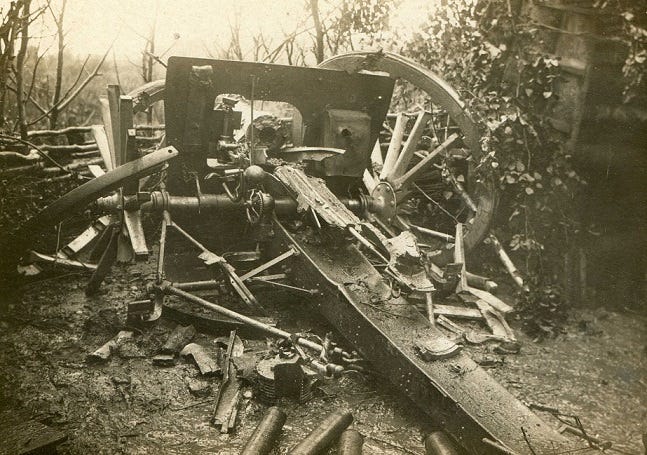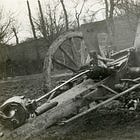If you have not done so already, please read the first post in this series. Called Untimely Explosions (Background), it provides you with a short biography of the protagonist.
You are Major General Louis Baquet, director of artillery at the Ministry of War of the French Republic. From your office on the Rue Saint-Thomas-d’Aquin, you ensure that the batteries engaged in the war against Germany have all of the guns, howitzers, shells, fuzes, propellant charges, and accessories that they need.
Soon after the start of 1915, you learn that, on 6 January 1915, Joseph Joffre, the in command of all French forces fighting in France and Flanders, issued a directive designed to reduce the instance of premature explosions in 75mm field guns. Based upon the assumption that such accidents resulted from modifications that gun crews made to some of the fuzes used with explosive shells, this order forbade that practice.1
The following week, you learn that, on 12 January 1915, General Joffre had issued two additional instructions designed to deal with the problem of shells exploding within the barrels of the 75mm field guns that fired them. The first was a command that, prior to firing, gun crews inspect the barrels of their pieces to ensure the absence of foreign objects. The second told the officers commanding field artillery units to refrain from firing shells from lots that had been associated with premature explosions.
Looking over the records of field gun ammunition sent to the front, you notice that the rise in premature explosions correlates with the delivery of explosive shells produced by contractors with little experience in the making of munitions. To be more precise, all explosive shells delivered to units at the front before 20 December 1914 had been produced in factories that had been making artillery ammunition for decades, and, in particular, ammunition for 75mm field guns (Model 1897) for years.2 Since 20 December 1914, however, 32,000 of the 56,000 explosive shells for 75mm field guns delivered each day to the French Army have been products of factories that began to make munitions sometime after 20 September 1914.
General Baquet, what is going on here? What is your plan for solving this problem?
The fuzes in question were impact fuzes that had been fitted with a device designed to delay the detonation of the shell in question by several fractions of a second. The modification forbidden by General Joffre involved the removal of this device.
The state arsenals, such as the one at Bourges that you know so well, have been making shells, both explosive and shrapnel, for the 75mm field gun since 1897. Three private factories made 75mm shrapnel shells before the war. Late in August of 1914, however, they began to make explosive shells as well.





If the defective shells happened to be ones that could be used not just by French forces, but also by the enemy, then you could stealthily send tons of the defective shells across enemy lines, making it look like an accident and making the enemy think they stumbled on a weapons cache. Perhaps they would try to use the defective shells in their own guns and then boom! I’m sure this wouldn’t actually work for all kinds of reasons, but it was the first move that popped into my head and seems devious and comical.
1. Segregate from use all suspect lots of HE until they are inspected and approved.
2. Send inspection teams to the factories in question to review processes and ensure they meet standards. Make changes at the factories as needed and institute regular inspections at all facilities to ensure production standards are met.
3. Increase HE shell production at other factories not involved in this problem as much as possible to make up any differences.